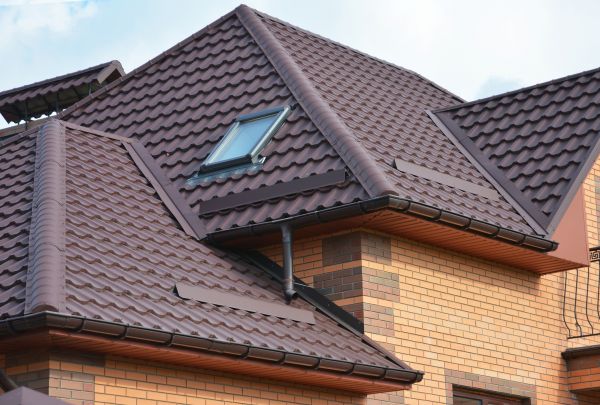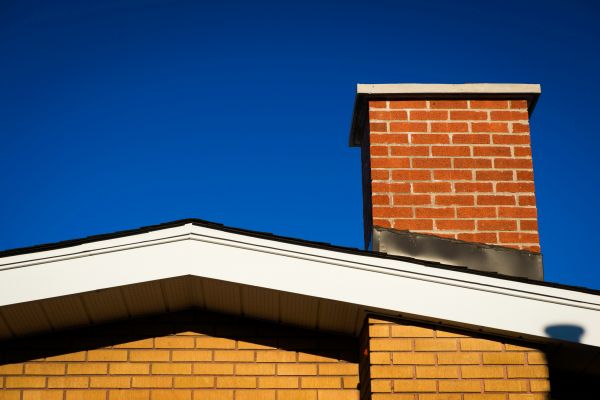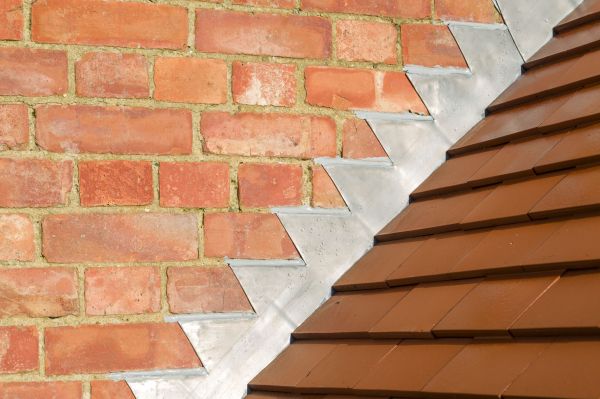Flashing Installation Service
Affordable Flashing Installation
Flashing installation is a critical component in the construction and maintenance of buildings, particularly when it comes to protecting structures from water damage. Flashing refers to thin pieces of impervious material installed to prevent the passage of water into a structure from a joint or as part of a weather-resistant barrier system. It is typically used around windows, doors, chimneys, and other areas where the roof meets a vertical surface. Proper flashing installation is crucial because it acts as a first line of defense against water infiltration, which can lead to significant structural damage and costly repairs if not addressed. By ensuring that flashing is correctly installed, one can maintain the integrity of the building and extend its lifespan.
Benefits of Flashing Installation
-
Prevents Water Damage
Flashing is designed to direct water away from vulnerable areas of a building. By preventing water penetration, it helps avoid issues such as mold growth, wood rot, and structural deterioration. This not only safeguards the building's integrity but also ensures a healthier indoor environment. -
Enhances Structural Integrity
By keeping water out, flashing helps maintain the strength of the building materials. Water infiltration can lead to weakening of the structure over time, but effective flashing installation minimizes this risk, ensuring the building remains strong and durable. -
Increases Energy Efficiency
Properly installed flashing plays a role in improving a building's energy efficiency. By sealing gaps and preventing drafts, it helps maintain consistent indoor temperatures, which can lead to reduced heating and cooling costs. -
Prolongs Roof Lifespan
Flashing protects critical areas of the roof from water damage, which can significantly extend the lifespan of the roofing materials. This means fewer repairs and replacements over the life of the roof, saving time and resources.
FAQs About Flashing Installation
What materials are commonly used for flashing?
Flashing is typically made from materials such as aluminum, copper, stainless steel, or galvanized steel. Each material has its own advantages, and the choice depends on factors like the building design, climate, and budget.
How often should flashing be inspected or replaced?
Flashing should be inspected at least once a year, especially in areas prone to severe weather. Replacement depends on the material and condition but generally occurs when there are signs of wear or damage.
Can flashing be installed as a DIY project?
While some may attempt to install flashing themselves, it is recommended to hire a professional. Proper installation requires specialized knowledge and skills to ensure effectiveness and prevent future issues.
What are signs that flashing needs repair or replacement?
Signs include water stains on ceilings or walls, visible rust or corrosion on the flashing, and leaks during rainstorms. Addressing these issues promptly can prevent more extensive damage.
Fill out the contact form to request Flashing Installation and experience the benefits of professional installation, such as preventing water damage, enhancing structural integrity, and increasing energy efficiency.




